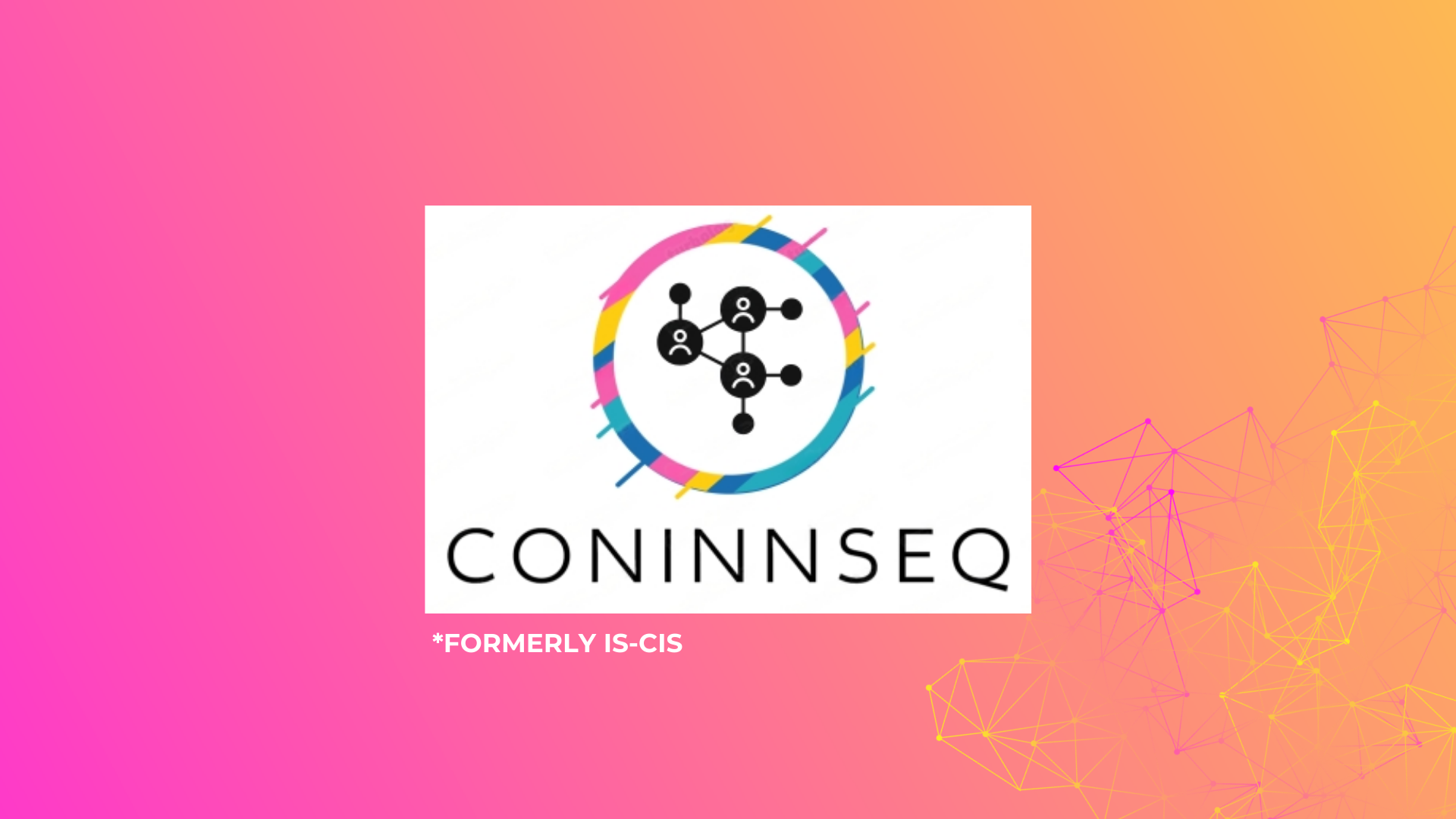ConInnSeq is an innovative solution designed to empower users and ensure privacy-centric data management. Designed upon Event-Driven Architecture (EDA) and Domain-Driven Design (DDD) principles, the framework offers a robust and scalable approach to managing consent in a distributed and asynchronous manner. By adopting an event-driven approach, the framework enables loose coupling between components, ensuring flexibility and scalability as the system evolves while, at the same time, concurrent consent actions can scale effectively in a responsive and efficient manner. Consent-related actions, such as granting or revoking consent, are captured as domain-centric events within the system, reflecting the key entities and interactions involved in consent management.
Can you briefly present your team?
We belong to the blockchain practice at UST – a multinational digital technology consultancy. The team comprises Daniel Field, our global head of practice, our senior architects Ástor Ayllón Lázaro and Joaquin Precioso, and our senior developer Jorge San José.
How did you come up with this project idea and what benefits will it bring to the end users?
The idea partly came out of conversations with clients who had been left unsatisfied with the way they were managing user consent, and partly from our exploration of the web3 space and how the digital realm was losing some of the richness and nuance of the physical world.
How is TrustChain supporting your growth and what role does it play for the next steps in your development?
TrustChain is providing us with the support and guidance we need across multiple areas to develop the ideas from concepts to product.
Why did you apply to the TrustChain call and has your vision changed since then?
When we saw the TrustChain call it immediately chimed with our thoughts on how consent management should be redefined and we saw a like-minded community, thinking about user centricity and trust establishment. If anything, that has become stronger as we have seen the project evolve.
What is the most valuable takeout from the TrustChain project and why was the topic of the Open Call important to you/your team?
Seeing that we are innovating alongside a whole community of TrustChain and Next Generation Internet innovators and entrepreneur is really encouraging. It reinforces our resolve to know that we are all going through the same things and there are many people that feel the digital world could do so much more around data. Identity and consent.
Did you establish collaboration with any of the TrustChain teams or plan for any kind of synergies? If yes, what is the biggest potential in such collaborations?
Yes, we have found the atmosphere very conducive to expanding our thinking. We have shared several workshops with VC’s and DID related projects, and identified synergies through conversations with other teams working on Auth related things so that we can integrate their ideas and features. The most interesting outcome we see is the consolidation of a valuable web3 tooling set for Identity Management that is compliant with EU Privacy Regulations.
What are your expectations regarding the TrustChain software ecosystem and its contribution to the NGI priority areas?
It would be great that the web3 capabilities ontology built under the TrustChain ecosystem was extended and made available to the community, so that it could be commonly adopted and enriched by additional actors of the Open-Source Ecosystem.
What are the next steps for your team?
We have been working with a potential client for our solution that leads to some overly exciting business model innovation in the healthcare sector that should be a win-win for patients and professionals alike. In analysing the use case we realised there was an important part of the solution absent in our original idea, and so we are hoping to build that in a second stage of the project.
What is the message you would give to new and potential applicants to TrustChain Open Calls?
Go for it! The TrustChain team have been helpful, open, and efficient, but moreover good mentors and a positive force for developing both our thinking and our technical approach.

